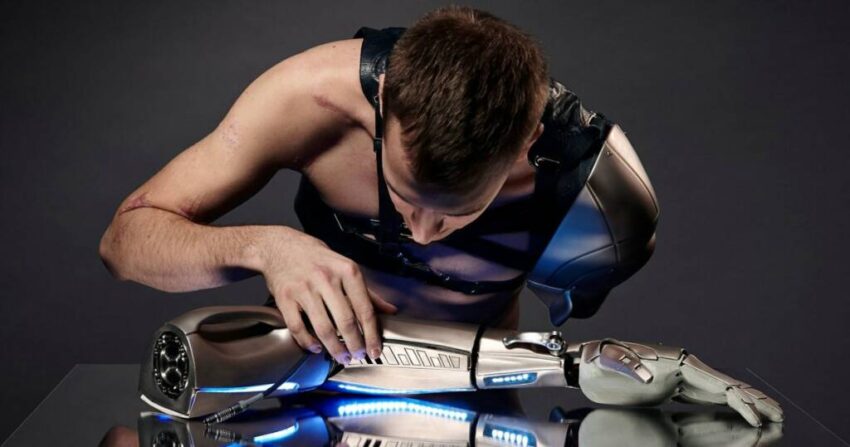Researchers from the Munich Institute of Robotics and Machine Intelligence (MIRMI) at the Technical University of Munich, Germany, have made significant strides in improving robot self-awareness by incorporating proprioception through machine learning techniques. In a study featured in the journal Science Robotics, Fernando Díaz Ledezma and Sami Haddadin developed a novel machine learning approach that enables robots to learn the specific details of their own bodies.
To enable robots to navigate the physical world, conventional technology involves equipping them with cameras and pressure sensors. The data gathered from these devices is then processed to direct the legs or feet to execute appropriate actions. However, this approach significantly differs from the natural transference of knowledge exhibited by animals, including humans.
In the case of animals, the brain possesses a keen awareness of the body’s state, encompassing the location and functionality of the extremities. This profound knowledge, termed proprioception, enables animals to effortlessly move and interact with their environment. Drawing inspiration from this phenomenon, the researchers sought to bestow robots with similar abilities, utilizing machine learning techniques.
The researchers devised a system that integrates sensors into the robot’s body, providing real-time feedback regarding individual body parts. For instance, these sensors discern the location of the knee joint, its range of motion, and the degree of bending at any given moment. By ensuring the overlap between the sensors and the data they transmit to a central processor, the researchers observed a heightened overall awareness of the robot’s body state.
Interestingly, the researchers discovered that robots can acquire an understanding of their bodies even in the absence of pre-learned data. Instead, they initiated a process termed “motor babbling,” wherein all the servo motors propelling the robot are randomly activated simultaneously. This exercise enables the robot to amass a foundation of information concerning the functionality of its various parts.
To validate their approach, the researchers conducted tests on different types of robots, including a six-legged spider bot, a humanoid, and an arm structure. Remarkably, the researchers’ novel machine learning approach facilitated each robot type tested to develop a tangible sense of self, comprising an understanding of their body parts and their collaborative functioning.
This breakthrough in robot self-awareness holds immense potential for various applications. By instilling robots with proprioception, they can perform tasks with greater finesse and precision, closely emulating human-like movements. Furthermore, these enhanced capabilities will likely enable robots to operate in complex and dynamic environments, signifying a significant step towards the advancement of robotics technology.
The study’s findings not only contribute to the field of robotics but also hold implications for other domains, including medicine, where proprioception can prove invaluable in fields such as prosthetics and rehabilitation. As researchers continue to push the boundaries of machine learning and robotics, society can expect further breakthroughs that will revolutionize how robots integrate and interact with their surroundings.
*Note:
1. Source: Coherent Market Insights, Public sources, Desk research
2. We have leveraged AI tools to mine information and compile it

